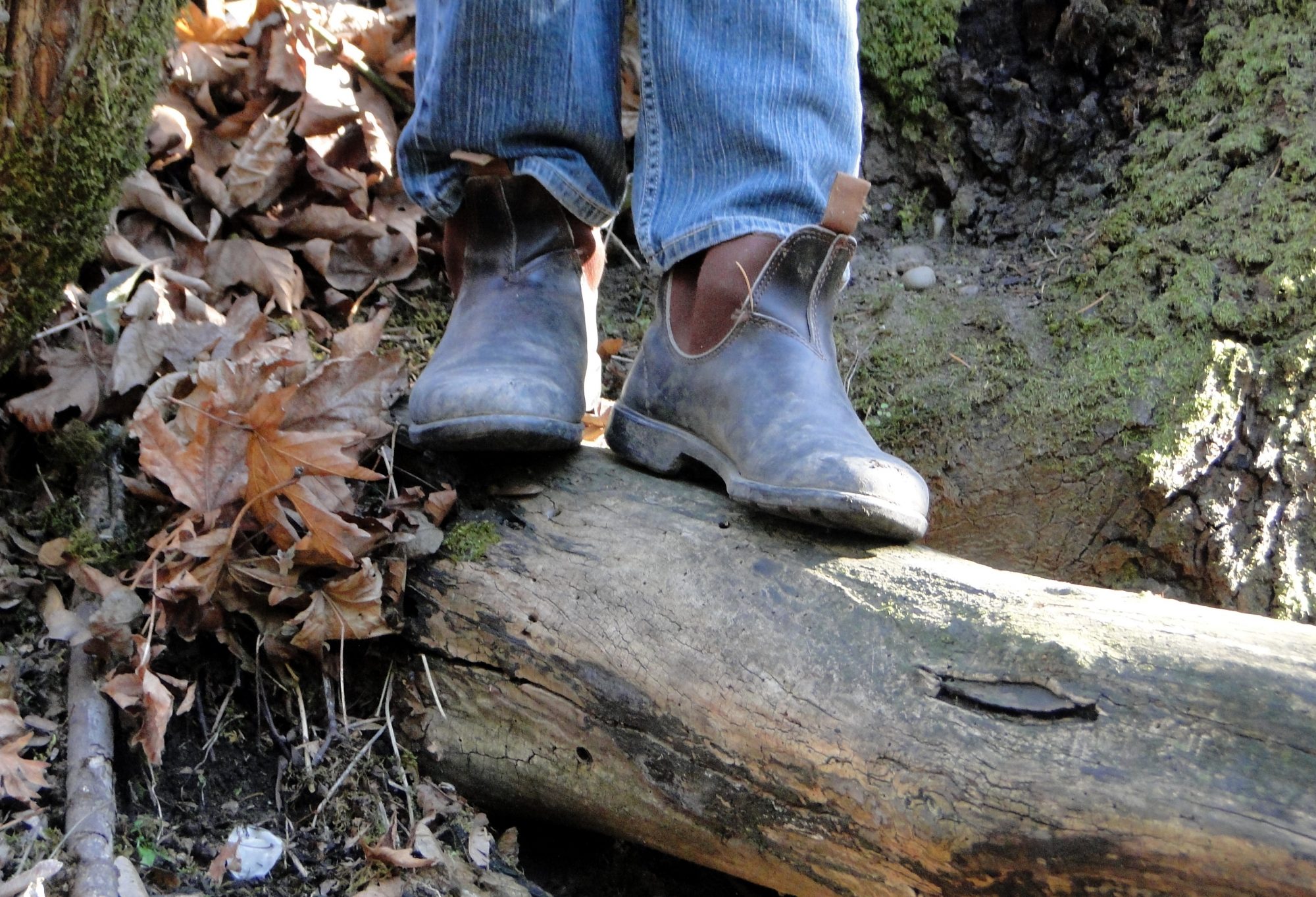Thanks for inviting me into the “Planning in the Pacific Northwest” course.
Dr. Seltzer defined the course as one that would “get our students better acquainted with the Pacific Northwest as a place, especially in light of the fact that they might one day be intervening in the territory through their work.” He further said that it is “less about planning institutions and laws, and much more about planning, planners, and cultural landscapes… understanding their work in the context of place and sense of place.”
I might easily rephrase his statement to refer to musicians instead. How do we intervene in the territory through our work? How do we understand our work “in the context of place and sense of place.” These are questions I have been thinking a lot about for the past few years and look forward to talking with you about. I see this as a chance for us to share ideas and think I have as much to learn from you and your field as you may from mine.
In preparation for the class I have posted some links to music and writings that can fuel our discussion. I also pose 3 assignments.
LISTENINGS:
REFLECTIONS ON THE PHYSICAL PLACE
This Public Radio Exchange piece on Alaskan composer John Luther Adams
http://www.prx.org/pieces/37531-john-luther-adams-tuning-in-the-sound-of-a-frozen#description
An sample of John Luther Adams’ music
http://www.youtube.com/watch?v=qWS8SHfXAug
A clip from Norwegian trumpeter Arve Henriksen. On this album he explores the genesis of his own universe: Strjon is the medieval name of Henriksen’s home town– it roughly means “streaming water,” Drawing from a wealth of home-taped sounds from his youth in Stryn.
http://www.myspace.com/arvehenriksen/music/songs/glacier-descent-16121437
REFLECTIONS ON THE CULTURAL PLACE
Native American Jazz saxophonist Jim Pepper’s anthem Witchitato. This song has become almost a spiritual emblem of the Pacific Northwest. It has been recorded probably 100 times by groups from all genres & countries.
http://www.youtube.com/watch?v=YnBdaYKqMUs
Gil Scott Heron- The poet of the African America 70’s – The Revolution Will Not Be Televised
http://www.youtube.com/watch?v=BS3QOtbW4m0
Marvin Gaye-Ditto for the African American 1960s- Inner City Blues
http://www.youtube.com/watch?v=GeWF0LC3R2o
WRITINGS
This particular example of economic transformation of place, driven by artists intrigues me. I want to know if we can plan for this kind of change. Further more can we seed and cultivate it?
Musical application of conservation ecology by ethnomusicologist Jeff Todd Titon. Titon is the biggest influence on my thinking about music and it’s relationship to sustainability & place. I’m curious to know how the ideas in these 3 posts might relate to the planning environment.
http://sustainablemusic.blogspot.com/2010/10/reconciling-ecology-and-economy-by.html
http://sustainablemusic.blogspot.com/2011/07/complex-systems.html
http://sustainablemusic.blogspot.com/2011/07/resilience.html
Theses on Sustainability- I have been using the idea of cultural sustainability (#7) as fuel for my work around the sustainability of music. How does it relate to your field?
http://www.orionmagazine.org/index.php/articles/article/5502/
Writings by John Luther Adams- Especially “Resonance of Place” and “The Indigenous Context”
http://www.johnlutheradams.com/writings/resonance.html
ASSIGNMENTS
Assignment #1- Find a piece of music that you feel is evocative of place. Not the place you were when you heard it, but a place the seems to come from the music itself. Try to describe what it is about the music that gives this sense of place.
Assignment #2- Give me an idea or an example of how you as planners might engage with musicians to shape a vision of a place.
Assignment #3 Give me your take on how Jeff Titon’s ideas might resonate in the planning environment. Can you think of your planning environment as an ecology?
